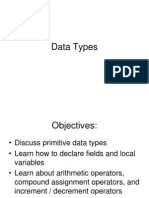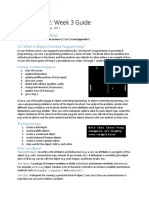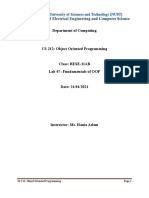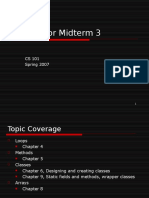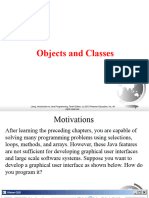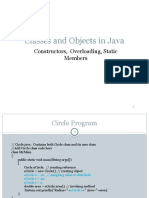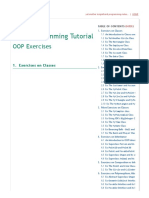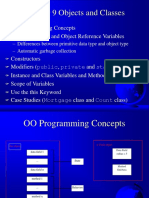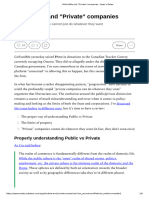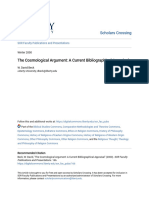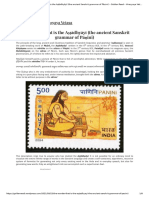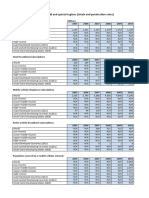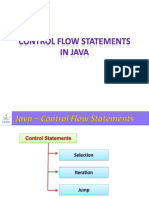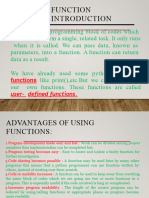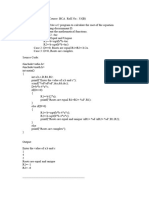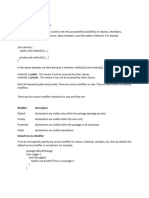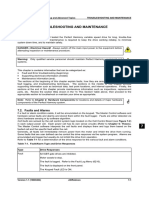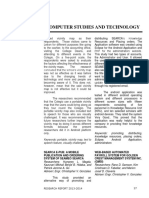0% found this document useful (0 votes)
60 views16 pagesClass and Objects
The document discusses classes and objects in Java. It defines a class as a collection of fields and methods that operate on those fields. Anything in Java must be represented by an object which is an instance of a class. It then demonstrates how to define a Circle class with fields like radius and center coordinates, and methods to calculate the circumference and area. It shows how to create Circle objects, access their fields and methods, and output the results.
Uploaded by
Shivam Kumar MishraCopyright
© © All Rights Reserved
We take content rights seriously. If you suspect this is your content, claim it here.
Available Formats
Download as PPT, PDF, TXT or read online on Scribd
0% found this document useful (0 votes)
60 views16 pagesClass and Objects
The document discusses classes and objects in Java. It defines a class as a collection of fields and methods that operate on those fields. Anything in Java must be represented by an object which is an instance of a class. It then demonstrates how to define a Circle class with fields like radius and center coordinates, and methods to calculate the circumference and area. It shows how to create Circle objects, access their fields and methods, and output the results.
Uploaded by
Shivam Kumar MishraCopyright
© © All Rights Reserved
We take content rights seriously. If you suspect this is your content, claim it here.
Available Formats
Download as PPT, PDF, TXT or read online on Scribd
/ 16
















